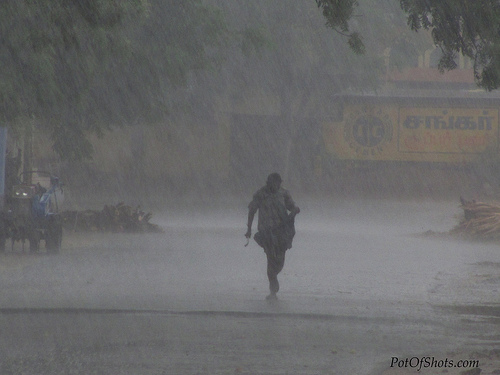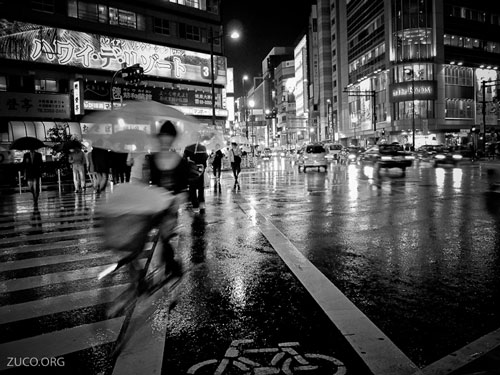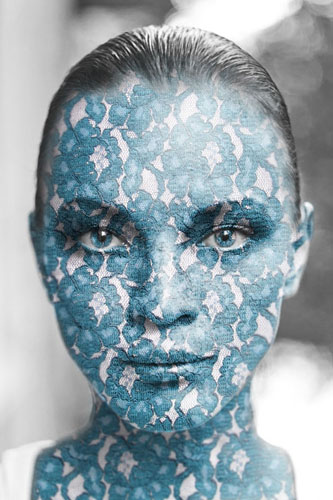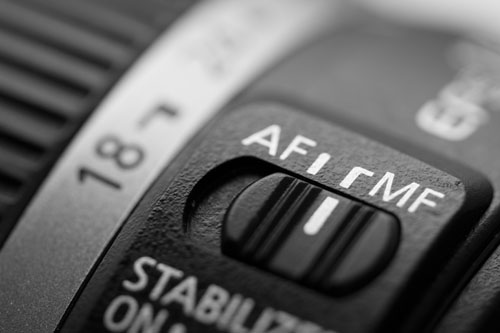How much image editing is acceptable?
With digital photography it is quite easy for us to manipulate our photos using image editing software. Some of us make some adjustments to nearly all our photos. This is often known as post processing - processing applied to the photo after it was captured.
But just how much post processing is it 'acceptable' to apply? The answer to this question lies partly in what you yourself are comfortable with, but also what the image is to be used for.
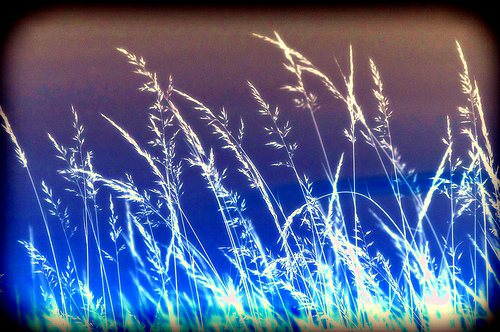
A Little of This a Little of That Processing by fauxto_digit on flickr (licensed CC-BY-ND)
